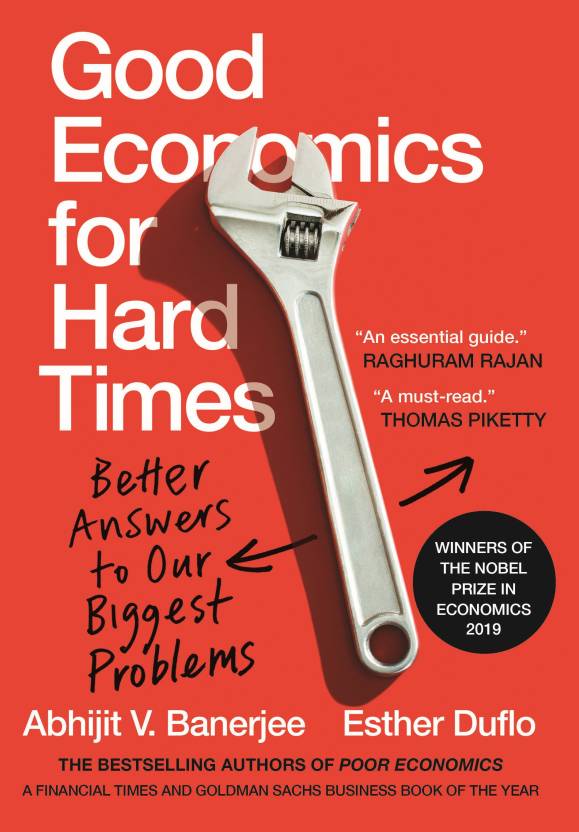I was recently having a discussion about role of remote work as a matter of competitive advantage in the post covid-19 world, with my cofounder. He is supremely optimistic about the work-from-wherever-you-want lifestyle that a lot of companies, big and small, are considering. While I am not equally gung-ho about it, I can’t shake the feeling that he might, as usual, be correct and that we might be looking at significant upheavals to cities, especially those that are home to the technology workforce.
The Nobel prize winners Esther Duflo and Abhijit Banerjee have written about the creation of industrial clusters and migration in their book Good Economics for Hard Times. It is an important economic research and it is interesting to understand why a city, that gets an initial lead in attracting a certain industry, thrives and builds over its advantages over time. All the benefits that come with industries and jobs, accrue to the city and a cycle of spillover effects happen that make these cities attract even more industries and even more talent. Silicon Valley is a classic example. It is a perfect place to find talent and pursue high-risk opportunities. In 2017, Wisconsin gave over $3B in advantages to Foxconn to have it invest $10B in an LCD manufacturing plant. That was over $200k per job it was going to create. This may seem like a lot but I’ll have you know that it was a great investment and such is the power of spillover effects. The most famous story in recent times was how Amazon received 238 proposals from cities all over America when it was looking for its HQ 2.

Paul Romer, an economist, who had a rather controversial chief economist term at the World Bank, had written about these spillover effects. He says the informal conversations and free exchange of ideas that come with a thick market of talent abundance is what makes for great economic results. There are enough examples to suggest Romer is correct. Startups build over each others’ ideas and technologies often created by others. Acquisitions are common and you may have heard plenty of stories of key personnel from one company moving to the other with their complete teams.
Another way cities attract industries is by creating infrastructure. In 2016, Romer conceptualized what he called ‘charter cities’. The idea of a charter city is that these are specially created economic zones that are governed by rules different from that of the land on which they reside. They follow specific charters and are run by third party governments from the developed world. A charter city should have at least 1m people, be business-friendly, while at the same time be liveable enough to attract firms and talent to pursue its innovation goals. The idea of doing things collectively, in a close geo-located area is the crux of this concept and is the opposite of the work-where-you-want lifestyle that is gaining popularity. The idea that a third party government is running a city in a different country is bound to raise eyebrows and it did but Romer seemed confident. In the real world, only one such charter city ever came to be in Honduras. Marred with local corruption and overall an uneventful term, the experiment was a colossal failure.
The charter cities experiment may have failed but the underlying idea that more tech startups living and working together being beneficial for the city and its people is sort of obvious. The fact that the free flow of ideas in the technology industry can happen online, is the key argument in favor of work-from-anywhere. When you’re not tied to a location, you can hire talent anywhere and since people work from wherever they want, no city is expected to be responsible for retaining them or creating an environment for attracting them (think of the innumerable Pubs in San Francisco).
It is also likely that the Pandemic has no effect whatsoever and the tech hub cities continue to grow and thrive as if nothing happened. This may be a distinct possibility as people working in similar industries have similar lifestyles and preferences. It is possible that a significant portion of them choose to live in the same cities.
I am intrigued to see how this plays out, especially the spillover effects (both economic and cultural) of a possible reverse migration of people, both in cities, people leave, and cities to which they go. This is all of course assuming companies are super cool with all this and see no drop in productivity. Interesting times ahead.
I run a startup called Harmonize. We are hiring and if you’re looking for an exciting startup journey, please write to jobs@harmonizehq.com. Apart from this blog, I tweet about startup life and practical wisdom in books.